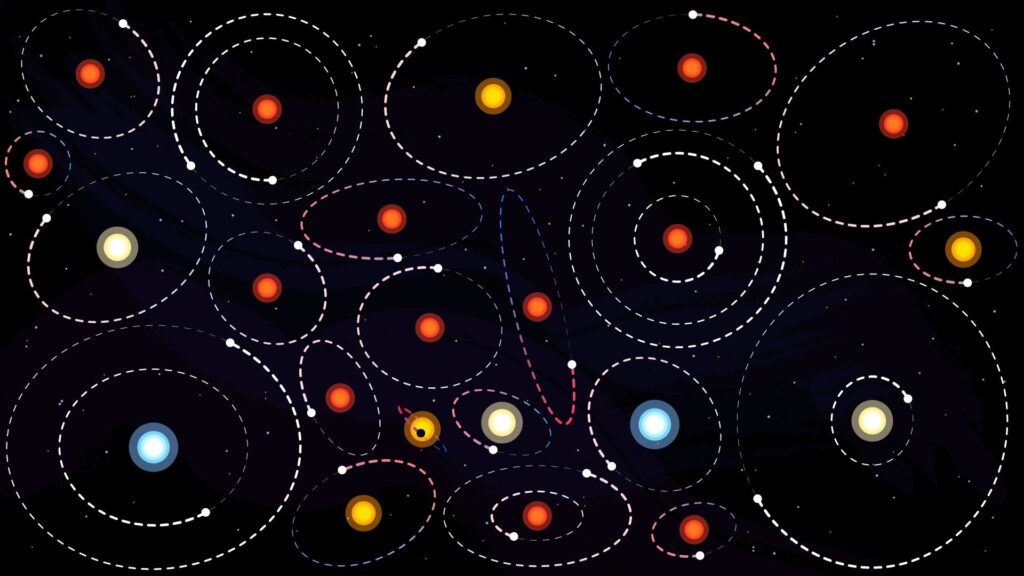A study carried out by SETI (Search for Extra-Terrestrial Intelligence) greatly refines the calculation of the interference of exoplanets in signals from the cosmos. By subtraction, it will be easier than ever to identify an extraterrestrial techno-signature… if it ever presents itself.
To go in search of intelligent life, we must search the Universe in search of signals: biosignatures. And if we want to find a technologically advanced civilization, we even have to come across a technosignature. The latter would provide proof through observation, direct or indirect, that a technology is or has been used.
These technosignatures would correspond to atypical radio signals. The natural environment already emits these types of waves, so all the research involves spotting radio signals that are distinguishable from natural cosmic “noise.” This involves a logical deduction, like subtraction: to spot a potential anomalous radio signal that could be an extraterrestrial signature, you must fully understand the natural noise. If we know natural noise, it is easier to hear what is artificial.
The shift rate of exoplanets
A technosignature should not be confused with the simple movement of a planet. Because they move around their star, observing exoplanets from Earth involves the Doppler effect – when the frequency of a wave (notably sound) appears to be changing, when the source and/or the observer are moving . This is what happens when you listen to a car drive past you very quickly and then move away; the effect is particularly noticeable, for the sound of a siren placed on this car.

When you observe the cosmos, the phenomenon appears on the scale of exoplanets: the signals that come from us arrive with a frequency shift. It’s the drift rate, or shift rate. This rate was calculated generically, for all exoplanets. Until now, in any case, it was placed at 200 nHz. An important figure, because, once again, thanks to it, scientists can identify any signal that does not correspond to this rate and therefore comes from something else.
We had overestimated the interference of exoplanets
Except that a study published in The Astronomical Journal in October 2023 has just refined this process, more than ever. By using the catalog of known exoplanets (and adding the anticipated number of unknown exoplanets), the authors were able to determine a much more precise rate: 53 nHz (nanohertz). This rate is significantly lower than 200 nHz, which means that the natural “interference” of exoplanets has been overestimated until now… as a result of which our ability to detect abnormal signals has, for its part, been underestimated (less the natural noise is louder, the more artificial noise can be found).
This new offset rate will also allow SETI (Search for Extra-Terrestrial Intelligence) to save computing power and time. And, very concretely, this will make searches for technosignatures more efficient.
“ This work provides a better understanding of what extraterrestrial-transmitted signals may look like if they originate from exoplanets, documenting not only search parameters for technosignatures, but also possible interpretations of the detected signals. », Explains Megan Grace Li, one of the authors of the study.
Subscribe to Numerama on Google News so you don’t miss any news!
